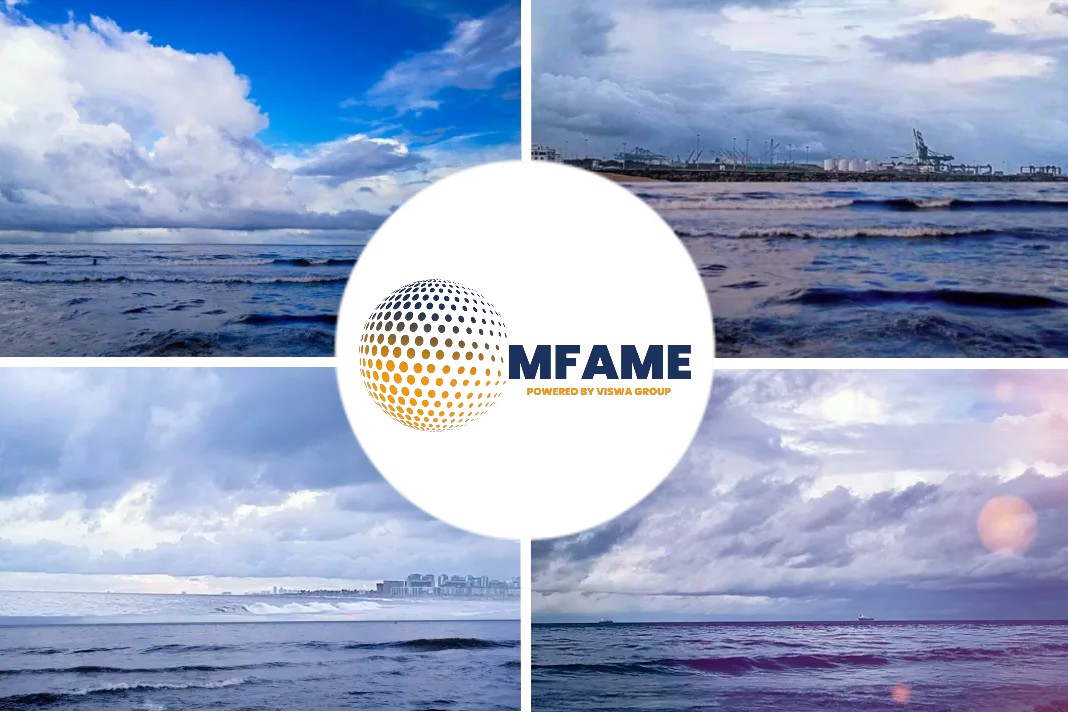Classification society RINA has granted approval-in-principle (AiP) for a 50,000-ton ammonia-fueled oil/chemical tanker developed and designed by Shanghai Shipyard, a subsidiary of China State Shipbuilding Corporation (CSSC), says an article published in Offshore Energy.
Significant advantages
The professional teams of Shanghai Shipyard and RINA have carried out extensive and in-depth analysis of the ammonia-powered tanker design.
The company expects that the application of ammonia fuel will give MR tanker design significant advantages in dealing with CO2 reduction and greenhouse gas (GHG) regulations.
When using ammonia fuel as the main fuel, the ship’s energy efficiency design index (EEDI) of this type will be reduced by more than 90% compared with the conventional design.
Furthermore, the low-carbon characteristics of ship are expected to effectively meet the International Maritime Organisation’s (IMO) existing ship energy efficiency index (EEXI) and carbon emission intensity Index (CII) requirements to address challenges such as carbon tax or carbon trading regulations in the future.
Ammonia as perfect solution
“It is understood that since ammonia fuel itself contains no carbon at all, it can also perfectly solve the IMO medium- and long-term carbon reduction goals technically. Therefore, ammonia fuel has been more and more respected by the shipping market as an alternative zero-carbon fuel,” according to the firm.
The shipping industry is actively promoting various innovative technologies and solutions for the application of ammonia fuel on ships. In this context, Chinese companies are deciding to develop and launch new ammonia-fuelled ship designs.
Process
Recently, Chinese shipbuilder Nantong COSCO Khi Ship Engineering (NACKS) secured AiP for its ammonia-powered containership design from the UK-based classification society Lloyd’s Register.
The AiP covers an ammonia power system that generates electricity from liquid ammonia to power maritime vessels. This is achieved by cracking the liquid ammonia into hydrogen and using the produced hydrogen to generate electrical power through proton-exchange membrane (PEM) fuel cells.
Did you subscribe to our daily Newsletter?
It’s Free! Click here to Subscribe
Source: Offshore Energy






















